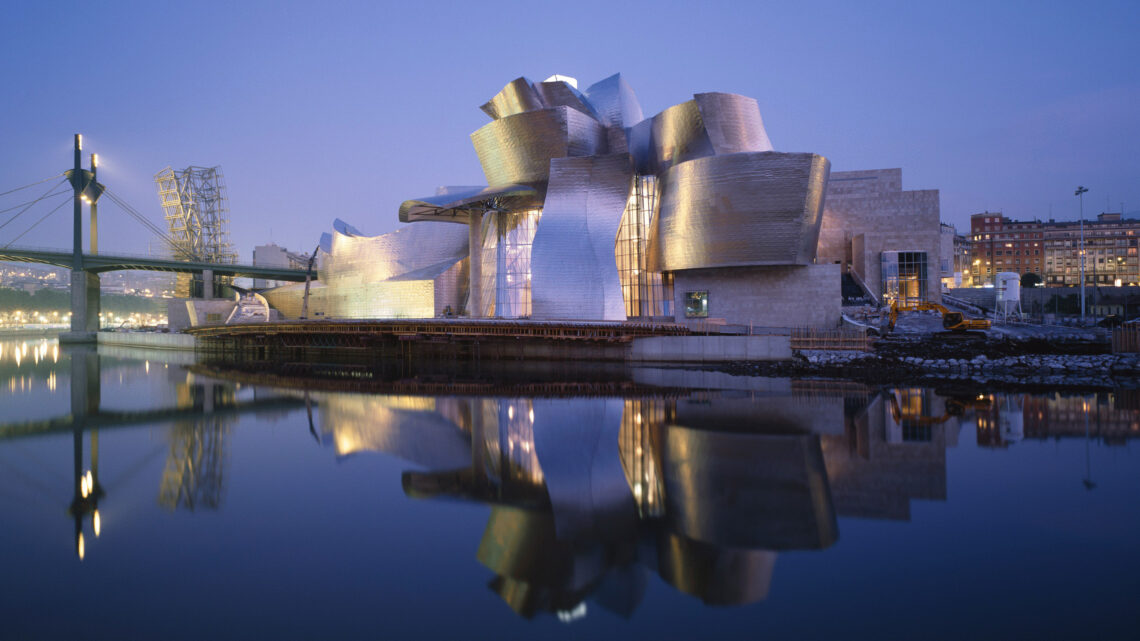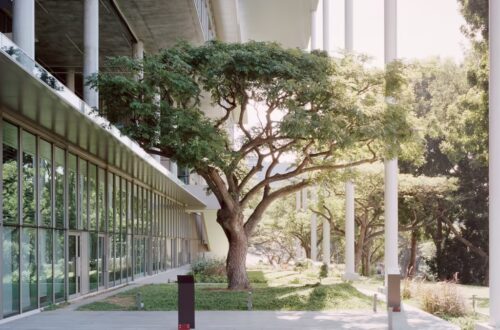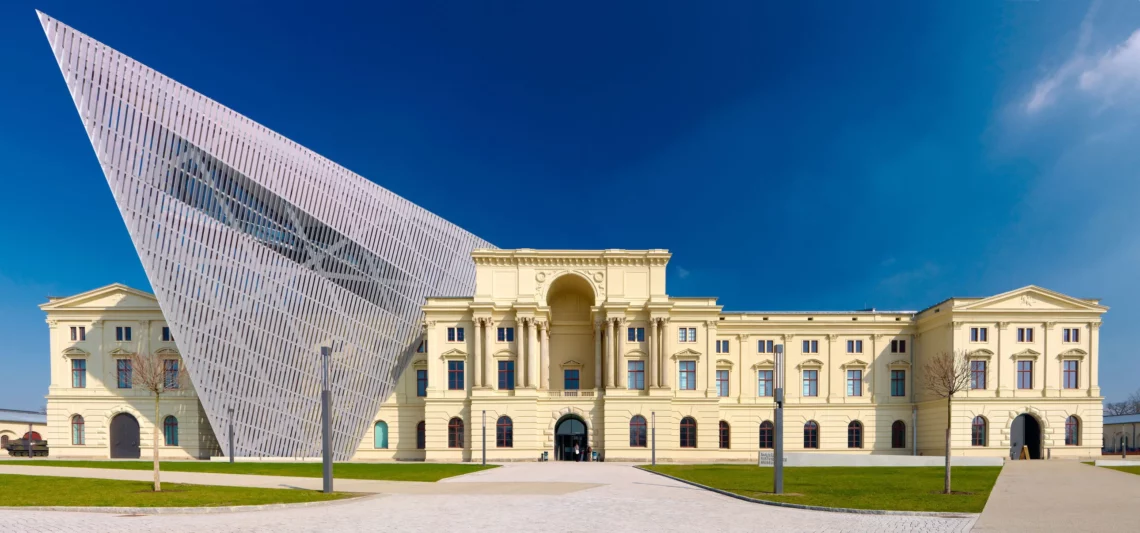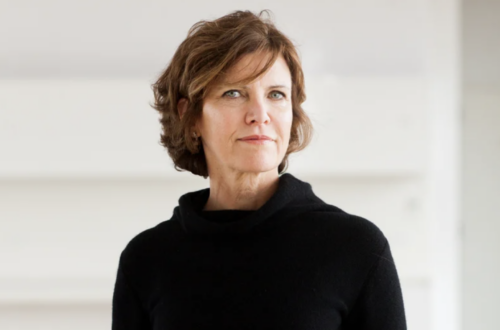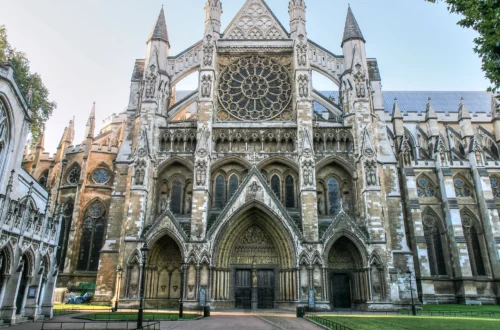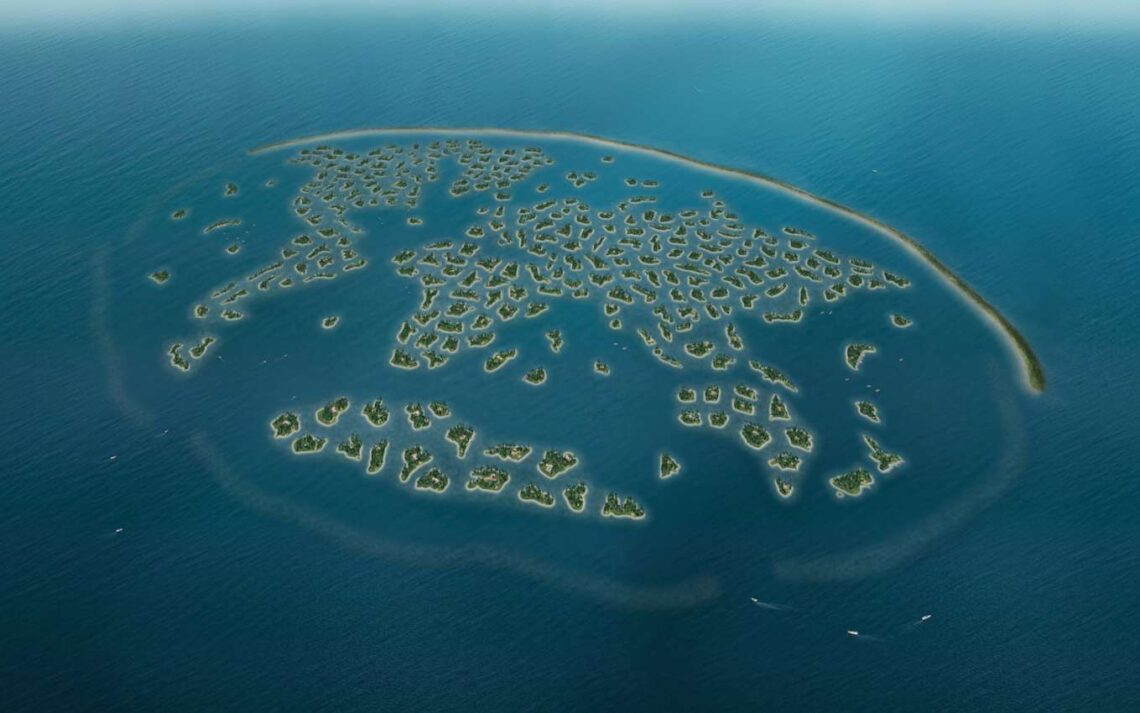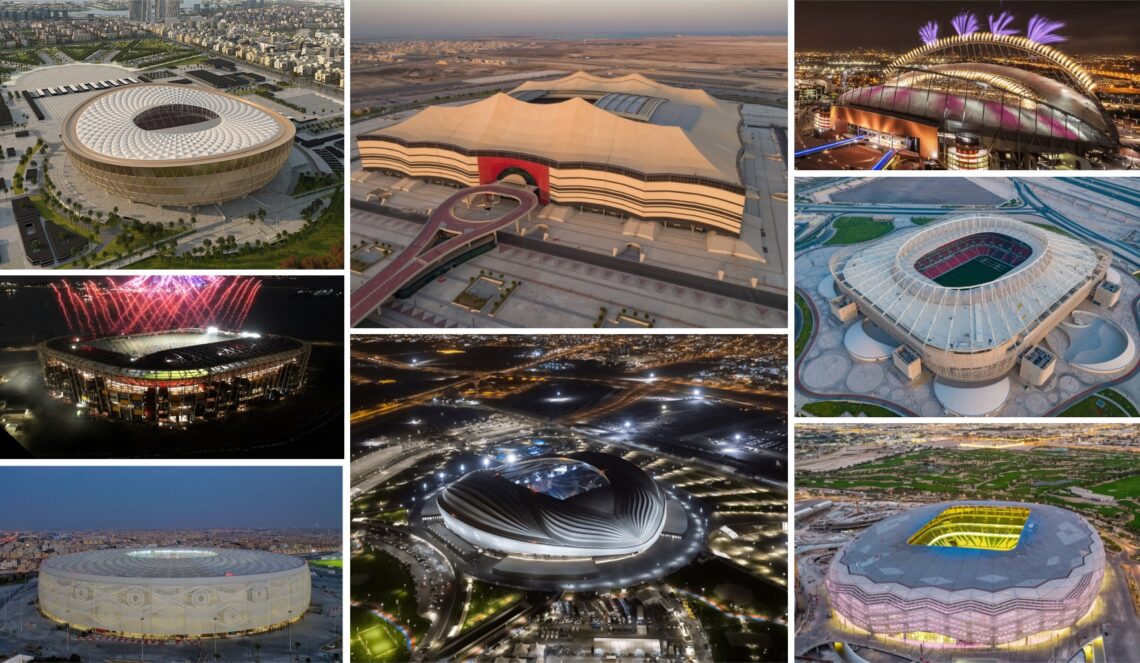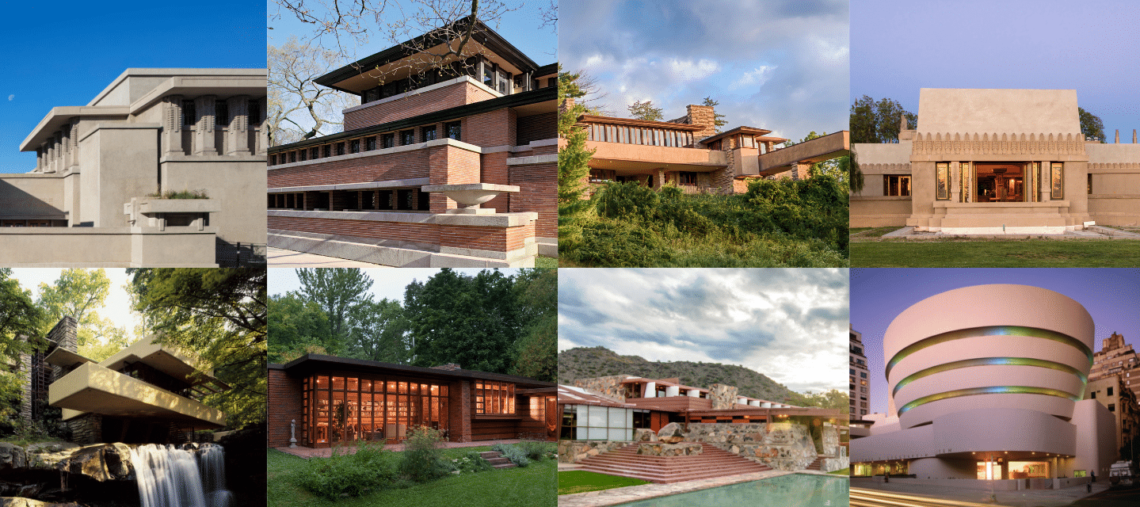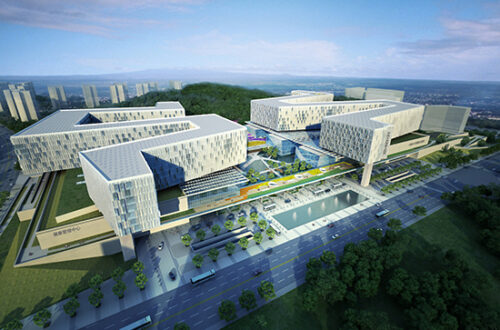-
The Bilbao Effect – How Frank Gehry Transformed A City’s Economy Through Architectural Design
The Bilbao Effect is a term coined by economists to describe the huge economic and social impact that the Guggenheim Museum had, being one of the world’s most visited museums that was built in 1997. What makes this architecture structure striking is the influence it had on its surrounding area. Prior to its completion, Bilbao was a city far north of Spain, suffering from a high degree of unemployment and poverty. However, after building the $100 Million museum, it reignited the city’s economy and started a global trend for landmark museums, and things changed drastically for this Spanish town. Read on to discover the wonderful changes Frank Gehry forged with…
-
12 Beautiful Examples of Historic and Modern Architecture Coming Together
It can be hard to catch a combination of historic and modern architecture, for they are often viewed as distinct and separate styles. They both have equal importance and unique appeal that are crucial for our rich and well-defined built environment. On one hand, historic architecture offers crucial insight into the culture and values of the past – like the preserved palace of Versailles or the various ancient temples strewn across the world, on the other hand modern architecture holds the power to transform neighbourhoods and stimulate economic growth, as seen in the “Bilbao effect.” Despite being hard to come across, and something that is not necessarily the “norm,” in…
-
Dubai’s Developing Man-made Islands: The World (Archipelago) – It’s Struggles, Downfall, and Future
Dubai, one of the world’s most prosperous cities, gained its fame, attractions and prosperity in less than a century. Just fifty years ago, Dubai was merely a small town in the midst of the Arabian Desert, but today it serves as the luxurious face of the Middle East. Being the most populous city in the United Arab Emirates (UAE), Dubai is the capital of the Emirate of Dubai, the most populated of the 7 emirates of the United Arab Emirates. However, just lurking off its manicured shores is a reminder of the financial struggles that once troubled the country: The World Islands. It is the world’s largest archipelago of small…
-
Behind The Scenes: Qatar’s 2022 World Cup Stadiums
Hosting the 2022 World Cup is no easy feat for any country, especially Qatar with its limited space and small population. Yet, being the first Arab and smallest nation to host the tournament, the outcome surprised everyone. Almost all of the eight stadiums used were newly built, or refurbished from old ones, with the largest most iconic Lusail Stadium having a capacity of 88,900 people, where the final match was held. Read on to discover how architects, engineers and construction workers worked together to accomplish this amazing endeavour, and turned a dream into a reality. Environmental & Adaptational Feats Qatar’s dedication to sound environmental practices are evident considering that all…
-
How Zaha Hadid Has Changed The Realm Of Architecture
Zaha Hadid, one of the pioneers of modern architecture has set new limits as to what an architect can create. According to her own mentor, Ram Koolhaas, she “is a planet in its own orbit.” She created the path for future female architects to thrive in this male-dominated industry, becoming the first woman to be awarded the Pritzker Architecture Prize, often regarded as the Nobel Prize of architecture. Furthermore, she was described by The Guardians as the “Queen of the curve”, who “liberated architectural geometry, giving it a whole new expressive identity.” Early life and career Zaha Hadid – in full, Dame Zaha Hadid – was born on October 31th,…
-
The History of Modern Architecture
“Modern architecture is not a style, it is an attitude” MArcel Breuer Introduction In short, modern architecture is a style of building that emphasises heavily on function. It usually involves sharp, clean lines that strays away from the styles of Victorian, Queen Anne, and Gothic Revival. Modern architects work in ways that focus more on a building’s functionality and utility, rather than its beauty. It is unsentimental, unlike revivalist style, and instead, bears innovation and minimalisms. Origins The dawn of modern architecture came at a time where revolutions in technology, engineering and building materials were taking place. When hand-laboured craftsmanship was being replaced by machineries and industrialisation. It emerged at the…
